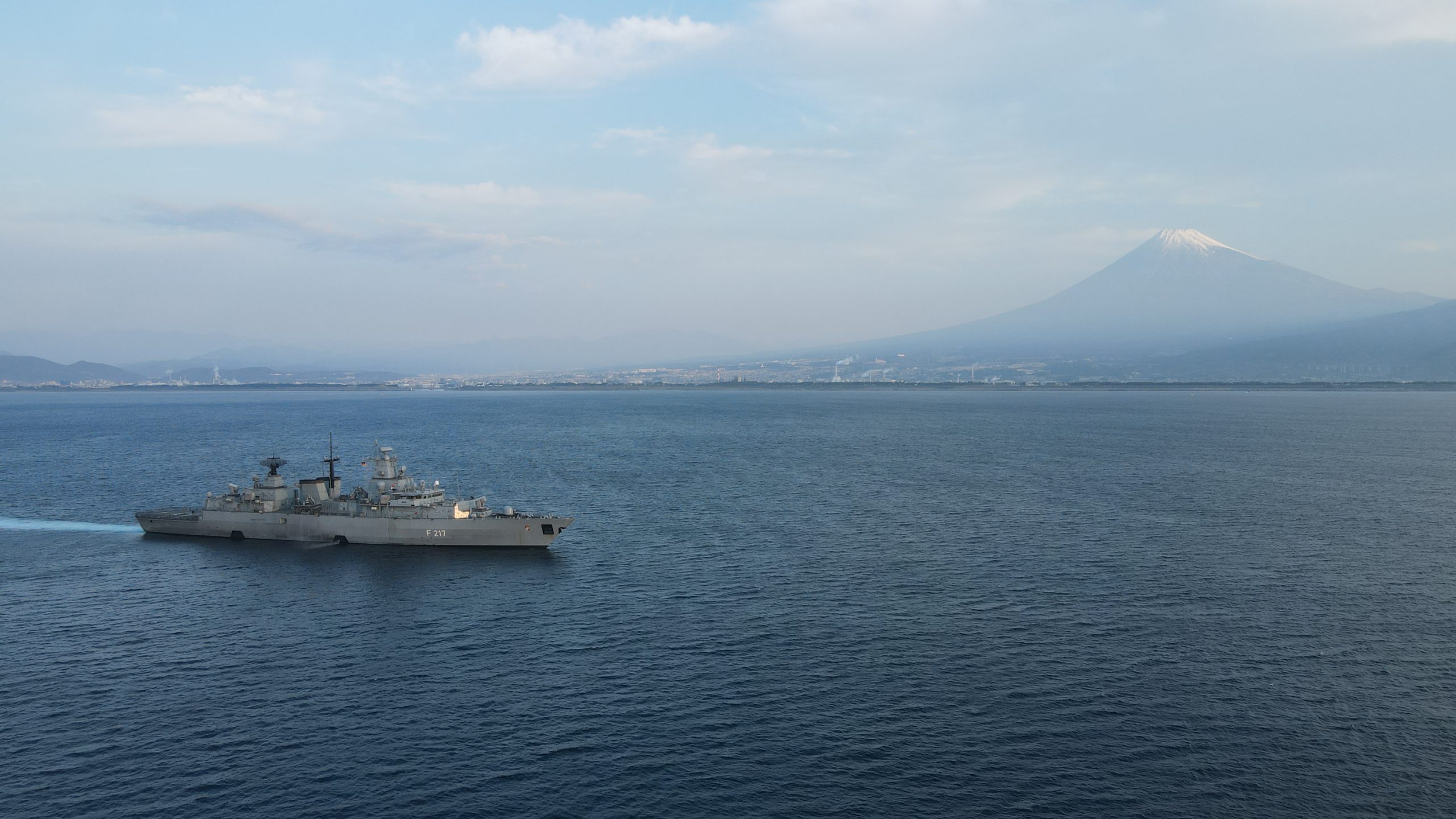
European Defence Engagement in the Indo-Pacific: A View from Tokyo

The need for Japan to cooperate with like-minded partners has never been more urgent. There is no sign of China’s creeping and opportunistic expansion coming to an end. The latest target is Taiwan. There were nearly 150 incursions of Chinese aircraft into Taiwan’s Air Defense Identification Zone between 1 and 5 October 2021. The Taiwanese Defence Minister said on 6 October that China will have capacity for full invasion of Taiwan by 2025. North Korea’s missile activities also continue. On 19 October, Pyongyang fired a ballistic missile, possibly from a submarine, for the political purpose of “deterrence, trumpeting its technological prowess, generating prestige and legitimacy, and underscoring the foresight and accomplishment of the regime”. Between 18 and 25 October, Russia joined in a bilateral naval exercise with China. Their vessels passed jointly around Japan, just during a political vacuum created by the run-up to the general election of the House of Representatives. This represented the first China-Russia joint patrols in the Western Pacific “to demonstrate the state flags of Russia and China, maintain peace and stability in the Asia-Pacific region, as well as protect the objects of maritime economic activity of the two countries”. Most recently, Japan’s Defence Minister Kishi said the international community must be aware of a possible Crimea-style invasion of Taiwan by China. With the objective of realizing a free and open Indo-Pacific, the six-nation naval exercise that took place near Okinawa and the South China Sea among Japan, the US, the UK, the Netherlands, Canada, and New Zealand between 2 and 9 October for air defence, anti-submarine warfare, communications, and replenishment-at-sea must be understood against the background of this intense military environment.
(Photo credit: ©Bundeswehr )